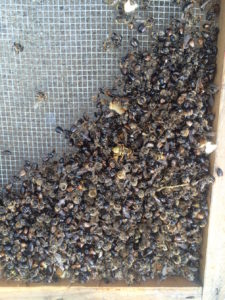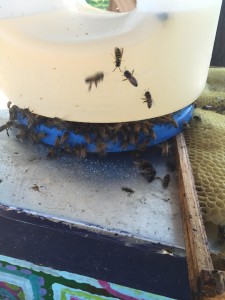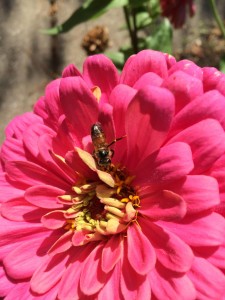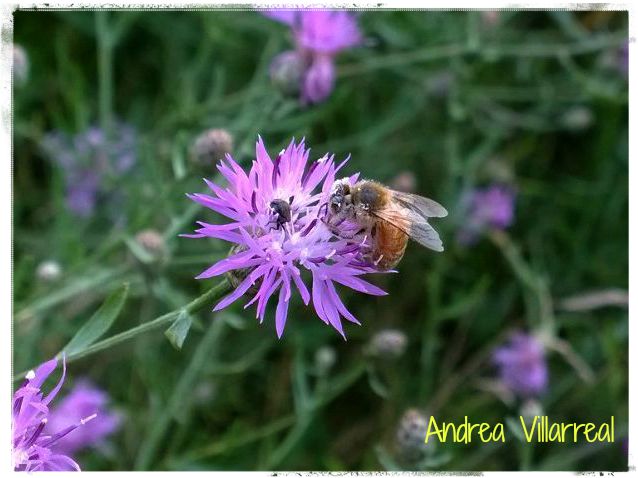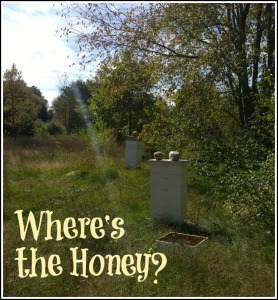Saturday, August 19, is National Honeybee Day.
For non-beekeepers, it’s great there is a day to focus on this essential pollinator. For we beekeepers, it’s another day for us to focus on our favorite insect during a very critical month. Much of what happens with bees in August sets them up for overwintering success. August’s honeybees are building the bees that need to make it through winter; August’s honeybees need to be in peak physical condition.

That powder-dusted reddish spot is a mite. You younger folks would’ve been able to see its legs wiggling.
The best and most effective step toward hive health is Varroa mite control. I recently heard Dr. Zachary Huang speak about dead colonies; he estimates 90% of all hive deaths may be traced to Varroa mites. Varroa mites vector diseases that shorten bees’ lives—resulting in fewer bees to fill up the cupboards for winter, fewer bees to keep the queen warm and soften honey for consumption in January, fewer bees to nurture brood when snow is flying in February.Continue Reading
